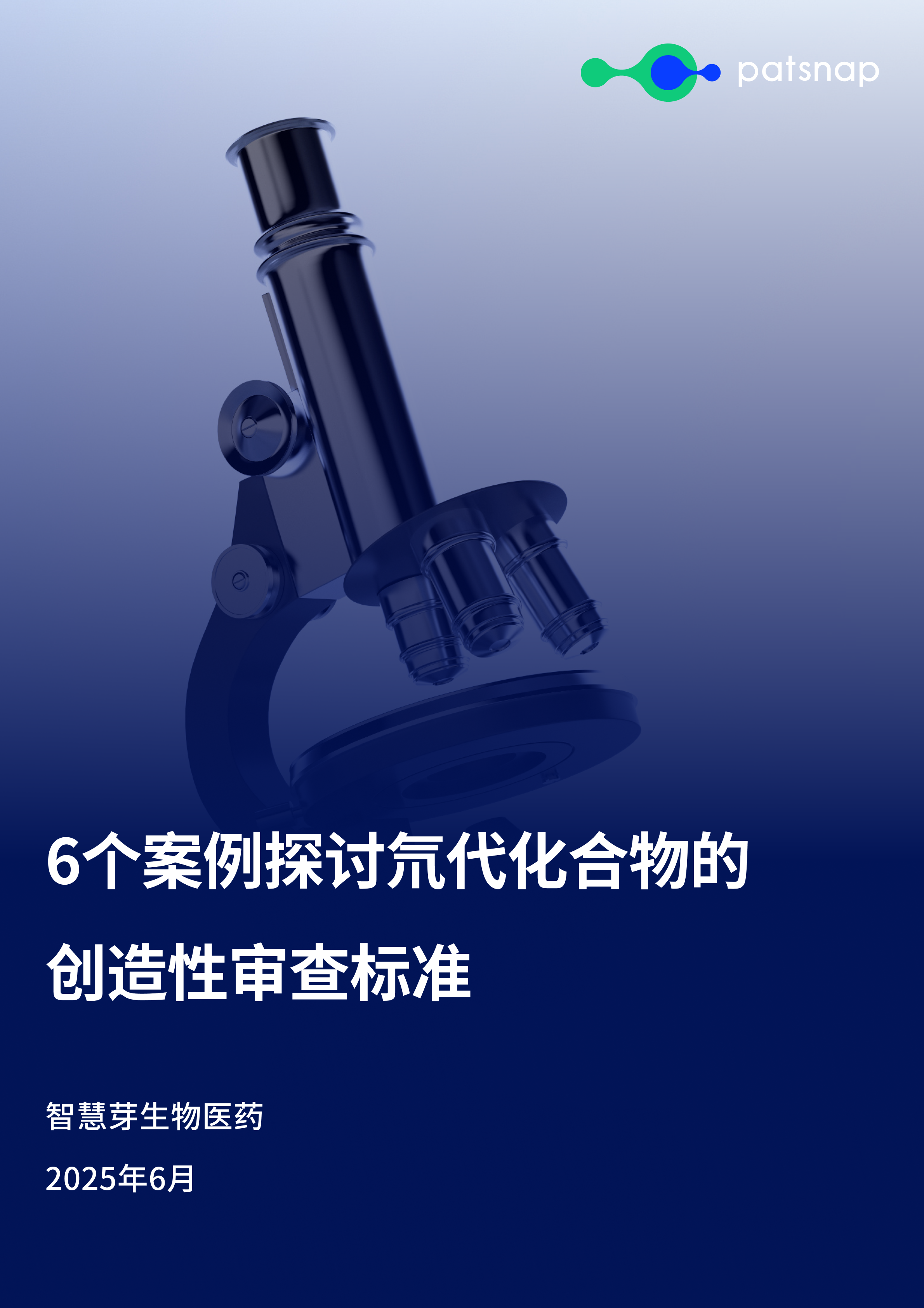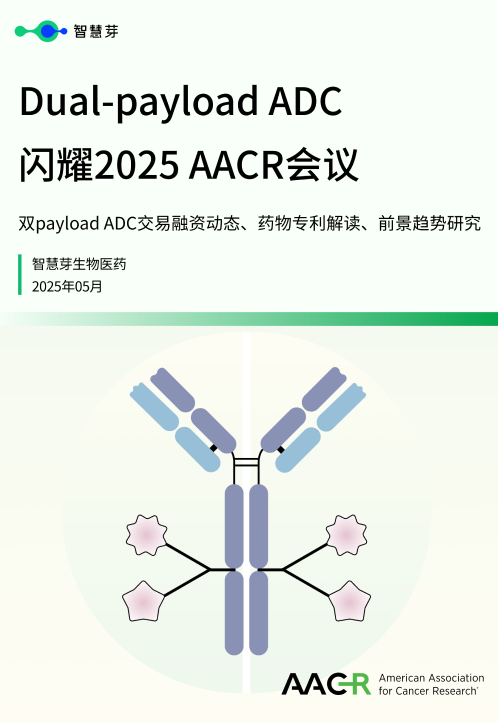预约演示
How medtech giant Cardinal Health is prioritizing sustainability
2023-04-18
高管变更
Medtech developers are increasingly considering sustainability when designing and manufacturing their devices.
At Cardinal Health, sustainability improvements have come from a focus on recycling, facility upgrades, fleet efficiency programs, innovative practices like drone deliveries and single-use device reprocessing — and accountability at the highest levels of leadership.
“I’m enormously proud of our employees and inspired by them every day; together, we are taking steps toward becoming a more sustainable company and a better global corporate citizen,” CEO Jason Hollar said this year in the company’s first Environmental, Social and Governance (ESG) Report.
Small changes can add up, especially at a company with Cardinal Health’s operational footprint and supplier influence.
Dublin, Ohio-based Cardinal Health is the eighth-largest medical device company in the world, according to Medical Design & Outsourcing‘s Medtech Big 100 list. That ranking was based on the company’s medical segment revenue of $15.9 billion for fiscal 2022 (ended June 30, 2022).
Getting started on medtech sustainability
Cardinal Health started working with global nonprofit BSR to identify key ESG priorities based on conversations with Cardinal Health leaders, customers, shareholders and external experts. They’re now focused on seven ESG priorities, including three sustainability priorities:
Diversity, equity and inclusion
Talent management
Employee well-being
Climate action
Product and packaging innovation
Responsible procurement and sourcing
In 2021, Cardinal Health set a goal to cut Scope 1 and 2 greenhouse gas emissions in half by 2030. Scope 1 emissions are direct emissions by the company, while Scope 2 are emissions from purchased or acquired electricity, steam, heat and cooling, per the EPA. Later that year, the company pledged to set a science-based target (SBT) and develop a decarbonization strategy and supplier engagement plan. That SBT is expected to be finalized by the end of 2023.
In February 2022, the Cardinal Health Board of Directors formally added oversight of ESG activities, policies, strategy and reporting and disclosure practices to the Nominating and Governance Committee’s responsibilities. That committee is now called the Governance and Sustainability Committee.
In April 2022, Cardinal Health reorganized its internal ESG Governance Committee and elevated it to the executive level. Hollar, his direct reports and other leaders sit on the committee.
That same month, the company created the new position of ESG VP and hired Megan Maltenfort, who was previously director of corporate responsibility and sustainability at Campbell Soup. The ESG VP reports to the Governance and Sustainability Committee at least once per quarter.
“She has built a dedicated and talented team that is supporting and driving ESG initiatives across the enterprise,” Hollar said.
Climate action
So far, the company has reduced its Scope 1 and 2 emissions by 18% as of the end of fiscal 2022 compared with the fiscal 2019 baseline. The company estimated its Scope 1 and 2 emissions at 365,509 metric tons in fiscal 2022. The company said the COVID-19 pandemic was responsible for some of the decrease, but also credited LED lighting retrofits in at least 10 facilities with reducing greenhouse gas emissions by more than 4,000 tons.
Efficient transportation and logistics can also reduce a company’s environmental impact. Cardinal Health said its leased Medical Fleet trucks have accessories to boost fuel economy, including “roof fairings, side extenders, aerodynamic mirrors, aerodynamic bumpers, fuel tank skirts, eco-flap mud flaps, trailer side skirts, SmartWay fuel-efficient tires (low roll resistance), single-torque engines, automated transmissions with overdrive, aluminum rims, and tire pressure management systems, including auto inflation.”
The North American Council for Freight Efficiency says those features can boost fuel efficiency by up to 13%.
Synthetic oil and other lubricants reduce engine drag and increase the time between changes, while a proactive maintenance schedule flags and fixes issues that can reduce fuel economy.
For further fuel economy, the trucks are limited to top speeds of 67 mph to minimize air resistance at highway speeds — trucks are most efficient at 55-60 mph — and the engines are set to automatically shut off when idling for more than three minutes. Cardinal Health requires its leasing partner, Penske, to track and report fuel efficiency and idle time monthly for review, investigation and correction if needed.
Cardinal Health planned to pilot electric trucks in California in fiscal 2023 and has already
partnered with Zipline for electric-powered drone delivery
.
Waste reduction
The amount of recycled waste is increasing at Cardinal Health. While total waste increased by 6% to 197 million pounds from fiscal 2021 to 2022, the share of that waste that is recycled increased by nearly 9% while the volume of non-recycled waste held steady year-over year at 57 million pounds.
In Florida, the company’s needle and syringe manufacturing facility in Deland sends its waste to a recycling company. Ground plastic waste finds new life as consumer shelving, roofing, industrial decking and compression-molded industrial pallet, while ground metal waste is sold to scrap metal processors and eventually made into products such as shelving.
Cardinal Health expanded another Florida facility in 2022, doubling the size of its Sustainable Technologies facility in Riverview to 100,000 square feet. The facility collects, reprocessed and recycles single-use devices under FDA regulations that allow for safe reprocessing of single-use devices. And the Association of Medical Device Reprocessors estimates that reprocessed single-use devices cost 25% to 40% less than brand-new devices.
The facility reprocesses pneumatic tourniquet cuffs, later air transfer mats, compression sleeves, disposable lead wires, pressure infusion bags and pulse oximetry sensors. The facility also recovers metal from batteries and wires and sorts corrugated cardboard for recycling.
Cardinal Health said its Sustainable Technologies business collected more than 18 million single-use devices in fiscal 2022, diverting 5.6 million pounds of waste from landfills.
Cardinal Health maintains an internal waste generation and recycling database. The company also requires its waste partners to provide certificates of destruction, waste manifests and other documentation, and also has teams in the field for environmental data validation.
Product and packaging innovation
Product and packaging innovation is another initiative to reduce waste while improving operations.
Cardinal Health partnered with Ember on a self-refrigerated shipping box for temperature-sensitive pharmaceuticals instead of using disposable ice packs, Styrofoam and cardboard. The Ember Cube not only significantly reduces shipping waste, but monitors and transmits real-time temperature, humidity and location.
Cardinal Health offers four suggestions when developing packaging for sustainability:
Use less material to reduce the total weight or size of packaging.
Use materials and systems that can be reused.
Use materials that can be recycled.
Use materials that can be incinerated for energy recovery.
Responsible procurement and sourcing
Cardinal Health added supplier questionnaires and on-site audits to beef up its ESG risk assessments. That includes human rights and labor standards as well as environmental standards such as waste management programs and emission control programs.
The company used social criteria to screen all 20 of its new suppliers in fiscal 2022.
The company also assessed 434 of its suppliers for social impact, and of the 46 identified as having significant actual or potential negative impacts, 5% were for environmental impacts. Around three-quarters of all suppliers flagged for negative impacts agreed to a corrective action plan.
“At Cardinal Health, we strive toward the highest standards of business ethics and integrity,” Hollar said. “This applies both to our global operations and our supply chain. Sourcing responsibly requires us to have visibility into our suppliers and our suppliers’ suppliers; we must continually work to ensure that our entire supply chain reflects our core values as well as our prioritization of both product quality and social and environmental responsibility.”
更多内容,请访问原始网站
文中所述内容并不反映新药情报库及其所属公司任何意见及观点,如有版权侵扰或错误之处,请及时联系我们,我们会在24小时内配合处理。
适应症
靶点
-药物
-Eureka LS:
全新生物医药AI Agent 覆盖科研全链路,让突破性发现快人一步
立即开始免费试用!
智慧芽新药情报库是智慧芽专为生命科学人士构建的基于AI的创新药情报平台,助您全方位提升您的研发与决策效率。
立即开始数据试用!
智慧芽新药库数据也通过智慧芽数据服务平台,以API或者数据包形式对外开放,助您更加充分利用智慧芽新药情报信息。





